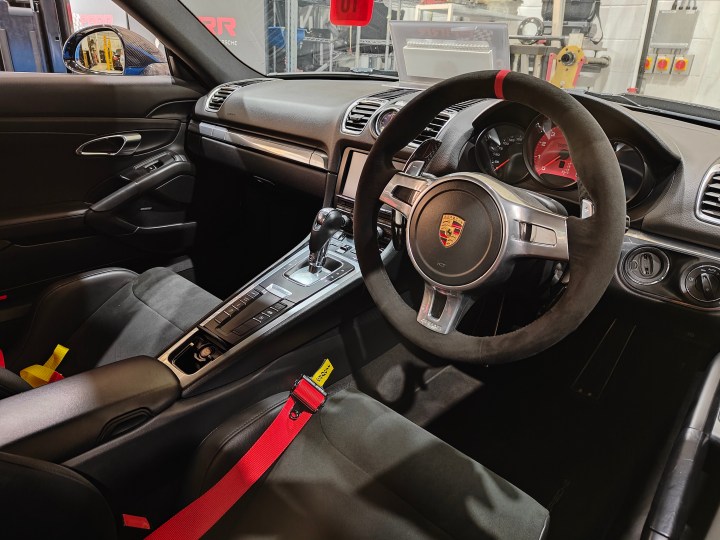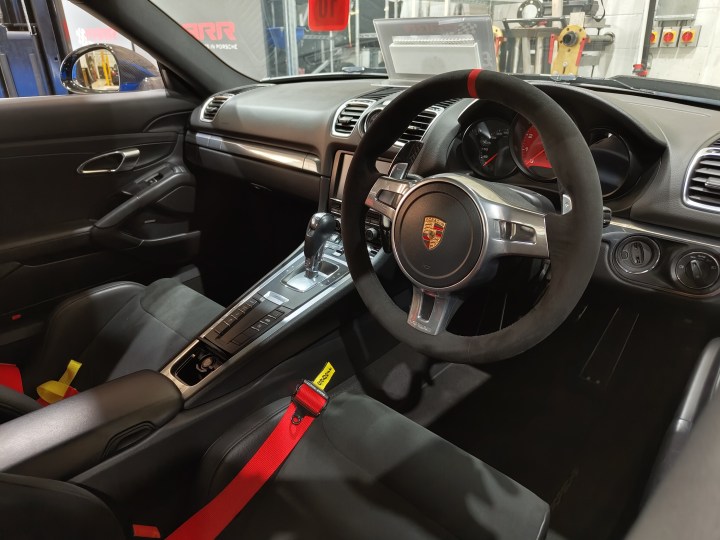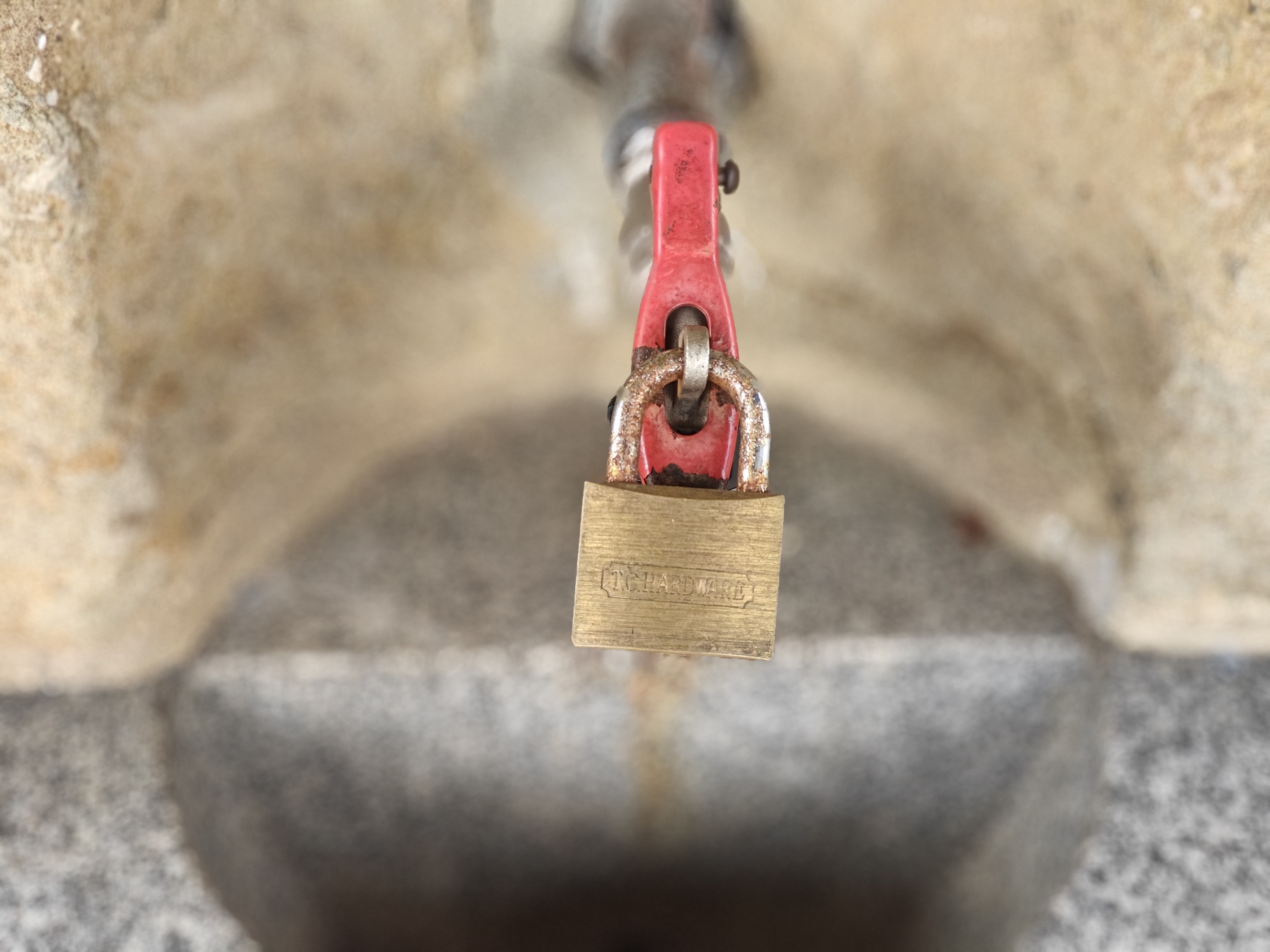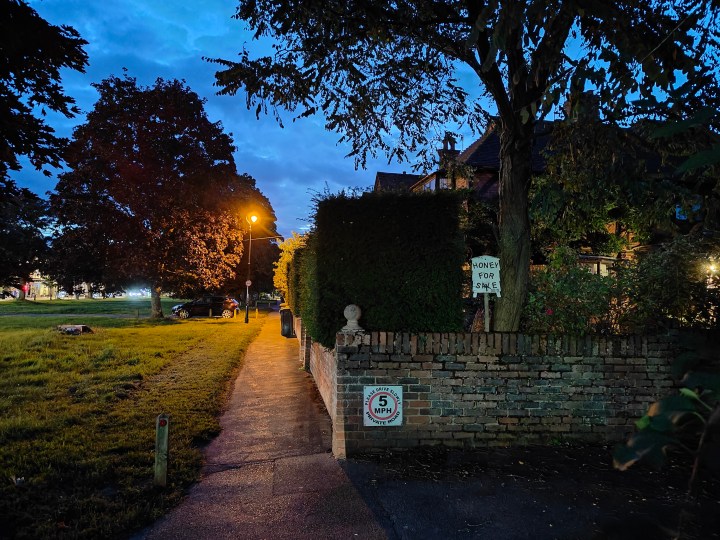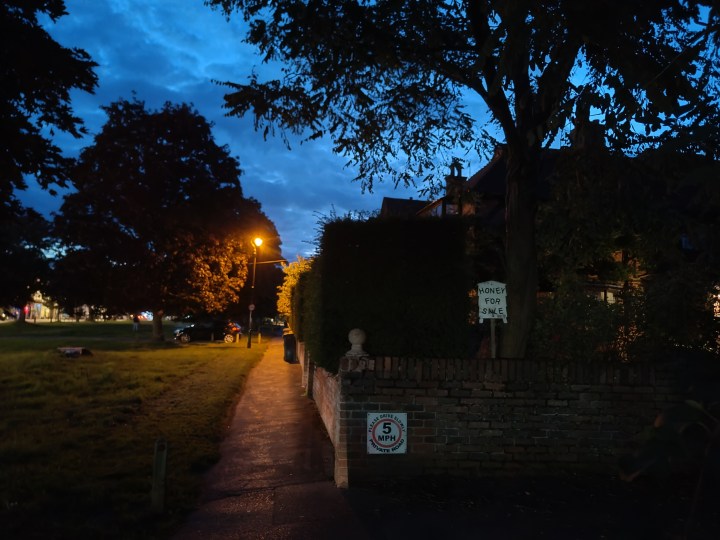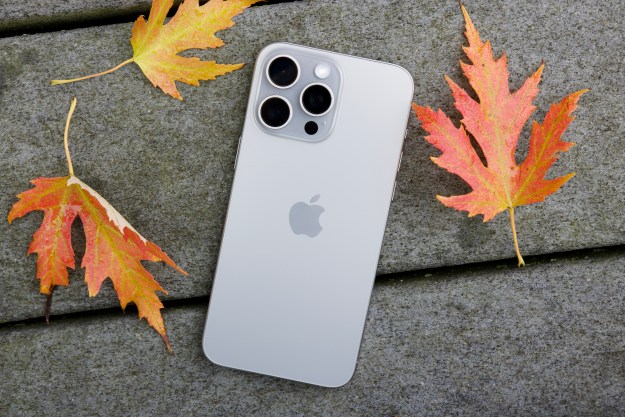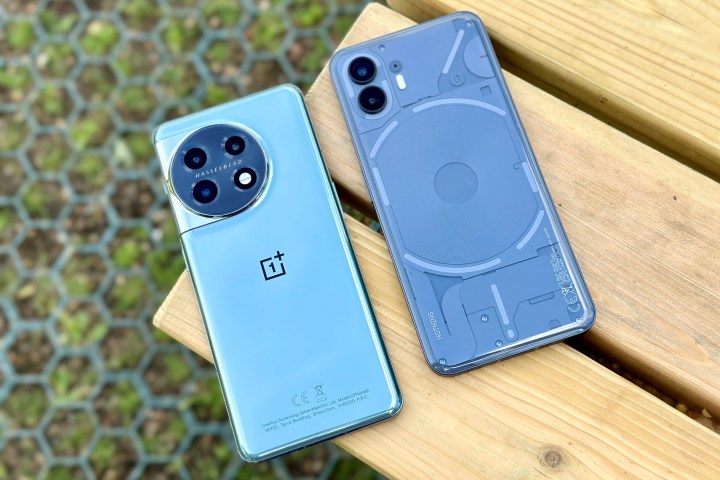
Can the OnePlus 11’s camera beat the Nothing Phone 2’s camera in a straight test? We aim to find out here, and although on the surface it’s all about two very capable phones and how they perform, it’s also about whether Nothing and OnePlus co-founder Carl Pei’s new company can beat his old company.
- OnePlus 11 vs. Nothing Phone 2: camera specs
- OnePlus 11 vs. Nothing Phone 2: main camera
- OnePlus 11 vs. Nothing Phone 2: wide-angle camera
- OnePlus 11 vs. Nothing Phone 2: 2x zoom
- OnePlus 11 vs. Nothing Phone 2: portrait mode
- OnePlus 11 vs. Nothing Phone 2: night mode
- OnePlus 11 vs. Nothing Phone 2: selfie camera
- Is the OnePlus 11 worth the extra money?
A bit of a grudge match, then. The fight is on.
OnePlus 11 vs. Nothing Phone 2: camera specs
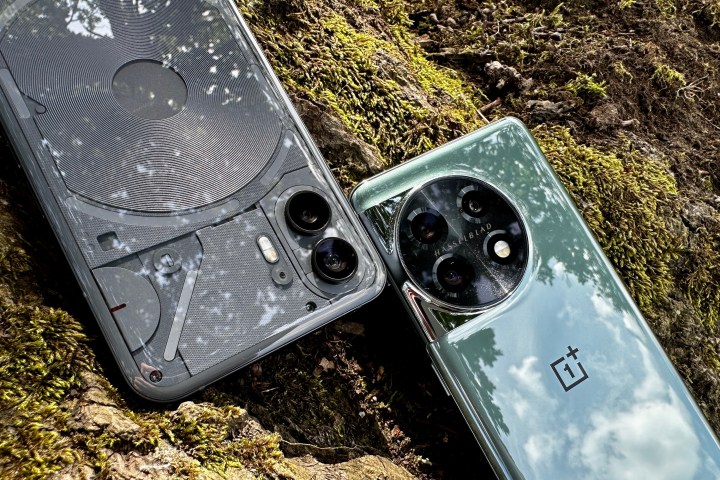
You’re right if you think these two phones are very different from each other, but they actually both use the same main camera and are quite similar in one other key area: price. The OnePlus 11 starts at $699 while the Nothing Phone 2 starts at $599, so there’s a good chance if you can afford the Nothing phone, the OnePlus won’t be wildly out of reach. But will paying extra gets you a much better camera? Here are the specs.
The OnePlus 11’s main camera is a Sony IMX890 with 50 megapixels and optical and electronic image stabilization (OIS and EIS). It’s next to a 48MP Sony IMX581 wide-angle camera and a 32MP Sony IMX709 Portrait Tele camera. A 13-channel spectrum sensor helps with color reproduction. On the front is a 16MP selfie camera. Hasselblad has also assisted with the camera tuning and supplied various filters too.
It’s also the 50MP Sony IMX890 camera on the front of the Nothing Phone 2, with OIS and EIS again, but it’s joined by a 50MP Samsung JN1 wide-angle camera and doesn’t have any additional sensors at all. The selfie camera is a 32MP Sony IMX615 with a host of features including HDR and a Night mode. If you want more detail, we’ve got a proper Nothing Phone 2 vs. OnePlus 11 comparison for a closer look at how they compare.
OnePlus 11 vs. Nothing Phone 2: main camera
- 1. OnePlus 11
- 2. Nothing Phone 2
The first photo in our test is with the main camera on a sunny day in London. The water was particularly green and both have captured it well, but the OnePlus 11’s HDR effect shows off a lot more of the metal bridge above me, and balances the clouds and blue sky really well too. The Nothing Phone 2 struggles more here, and while the photo is pretty, it lacks the pop of the OnePlus 11’s image.
- 1. OnePlus 11
- 2. Nothing Phone 2
This close-up reveals a few more differences between the cameras. The OnePlus 11’s photo is brighter and more detailed, with better focus than the Nothing Phone 2’s, especially when you zoom in. The Nothing Phone 2’s exposure obscures color, and its edge enhancement is noticeable around the petals too. It’s not a bad photo, but the OnePlus 11’s photo is much better.
- 1. OnePlus 11
- 2. Nothing Phone 2
The final photo was taken inside, and like the photo of the flower and bee, the OnePlus 11 captures so much more detail than the Nothing Phone 2’s camera. The Alcantara covering over the steering wheel and seat illustrate it best, as you can see the grain in the OnePlus 11’s photo, but it has all been smoothed out by the Nothing Phone 2 — something that continues over the leather dashboard too.
This may be a consequence of lighting (it was inside a building, and inside a car with a black interior) as the OnePlus 11’s focus is sharper throughout, suggesting it handles low light better. The Nothing Phone 2’s software has been too heavy-handed with its smoothing here, and couldn’t match the OnePlus elsewhere either.
Winner: OnePlus 11
OnePlus 11 vs. Nothing Phone 2: wide-angle camera
- 1. OnePlus 11
- 2. Nothing Phone 2
All the wide-angle photos taken with the two phones were defined by the OnePlus 11 taking brighter images with stronger HDR, making them pop more than the Nothing Phone 2’s darker pictures. In the first photo, you can see how this can make the Nothing Phone 2 take more natural-looking images at first glance, but detail is a little obscured by shadow in the background, and the camera’s love of smoothing has smudged the grass in the foreground too.
- 1. OnePlus 11
- 2. Nothing Phone 2
This aggressive approach from the Nothing Phone 2’s software is even more noticeable in the second photo, where the OnePlus 11’s photo shows so much more movement in the water at the top of the waterfall, while the Nothing Phone 2’s photo loses out on this due to the way the software processes the image. The exposure and contrast levels take away so much of the detail in the brickwork too.
Each photo I took had similar attributes, and while some of the Nothing Phone 2’ wide-angle photos were decent, the OnePlus 11 always took the more instantly shareable picture, and that makes a big difference. The Nothing Phone 2’s photos can be tweaked through editing, but the OnePlus 11’s photos didn’t always need it. It takes the win here too.
Winner: OnePlus 11
OnePlus 11 vs. Nothing Phone 2: 2x zoom
- 1. OnePlus 11
- 2. Nothing Phone 2
The Nothing Phone 2 continues to be a smooth operator when we switch to the 2x zoom mode. The Nothing Phone 2 doesn’t have a telephoto camera at all, while the OnePlus 11 has a 2x telephoto camera. Interestingly, the Nothing Phone 2’s zoom photos have a more natural tone and realistic colors, but each image is ruined by looking overly processed.
The OnePlus 11’s photo is sharper and more detailed, with less smoothing throughout, particularly in the roofs of the houses in the distance, the field on the left, and the bracken in the foreground. The Nothing Phone 2’s photo is obviously a digitally zoomed image, but the telephoto camera on the OnePlus 11 — as limited as it may be — shows its strength.
Winner: OnePlus 11
OnePlus 11 vs. Nothing Phone 2: portrait mode
The Nothing’s phone software impresses when it comes to portrait mode. Our examples have been shot at a 2x zoom, which is offered as an option by both cameras and enhances the blurred bokeh effect. The OnePlus 11’s bokeh is very strong, to the point where it obliterates all detail in the background, while the Nothing Phone 2 has a much more subtle and attractive effect.
Edge recognition is also more accurate, and it’s much better at isolating its subjects in a natural way. The padlock attached to the faucet is a great example, with its sharply focused edges and realistic amount of blur. The colors rival the OnePlus 11, so portrait mode gives the Nothing Phone 2 its first, and very decisive, win.
Winner: Nothing Phone 2
OnePlus 11 vs. Nothing Phone 2: night mode
- 1. OnePlus 11
- 2. Nothing Phone 2
In environments with an average amount of ambient light available, the two cameras are quite closely matched, with color, tone, texture, and dynamic range appearing very similar. Neither was really more accurate than the other. The differences come with sharpness, as the OnePlus 11 has more accurate focus and less blur, resulting in photos that are sharper when you zoom in.
- 1. OnePlus 11
- 2. Nothing Phone 2
When things get very dark, the OnePlus 11 pulls in a lot more light, while the Nothing Phone 2 struggles to show anywhere near the same level of detail. The second photo needs little explanation, as it’s obvious where the
Winner: OnePlus 11
OnePlus 11 vs. Nothing Phone 2: selfie camera
- 1. OnePlus 11
- 2. Nothing Phone 2
Things haven’t been looking good for the Nothing Phone 2 until now, but it redeems itself with the selfie camera, which trounces the OnePlus 11’s barebones 16MP selfie camera and portrait mode. The amount of additional detail, the vastly more natural skin tones, and the much more accurate edge recognition make the Nothing Phone 2 a much better choice for the selfie fan. I even love the lens flair the Nothing Phone 2 has picked up in this particular selfie.
Winner: Nothing Phone 2
Is the OnePlus 11 worth the extra money?
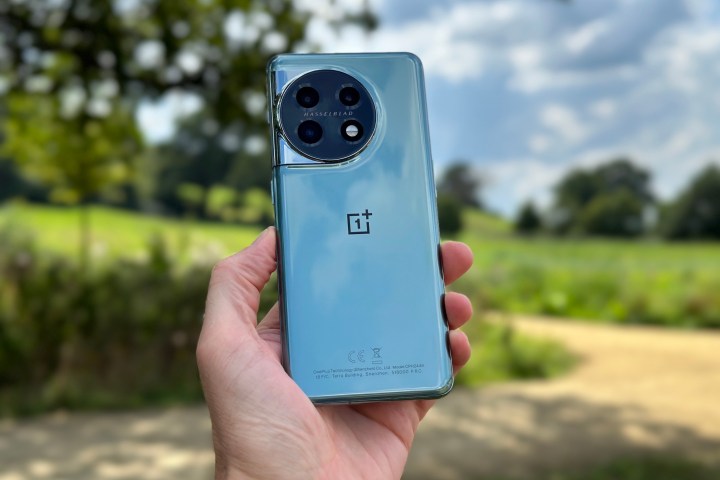
The OnePlus 11 won four categories and the Nothing Phone 2 won two, giving the
If you take a lot of selfies, the Nothing Phone 2 is streets ahead of the OnePlus 11 though, and the pair are closely matched in lowlight. It’s only when it gets really dark the OnePlus 11’s ability shines through, which may be helped by the more powerful Qualcomm Snapdragon 8 Gen 2 processor.
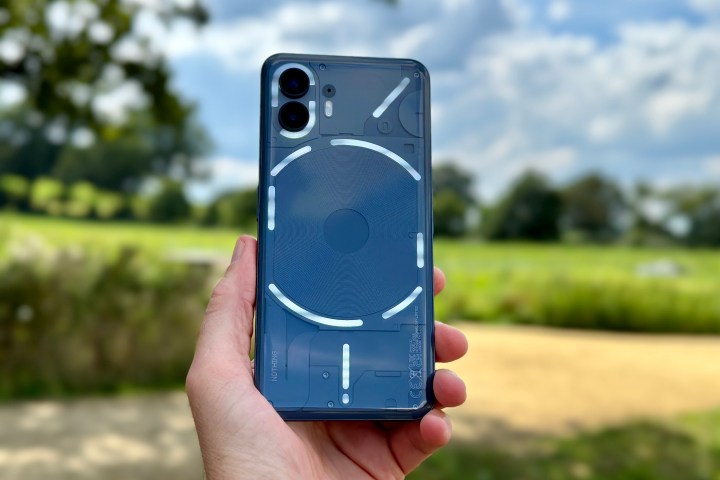
If you can spend more to get the OnePlus 11 and take a lot of photos where quality is important, then it’s worth the extra. The Nothing Phone 2 doesn’t have a bad camera, but Nothing really needs to do some work on the software, as it should be able to closely match the OnePlus 11’s main camera performance, seeing as both have the same sensor.
It’s worth watching, and we will continue testing it. But for now, Carl Pei’s old company reigns supreme in this test.
Editors' Recommendations
- 5 smartwatches you should buy instead of the Google Pixel Watch 2
- OnePlus surprises us with dazzling Android tablet and smartwatch
- 5 phones you should buy instead of the iPhone 15
- The OnePlus 12 is the OnePlus phone I’ve been waiting for
- 5 phones you should buy instead of the Google Pixel 8




